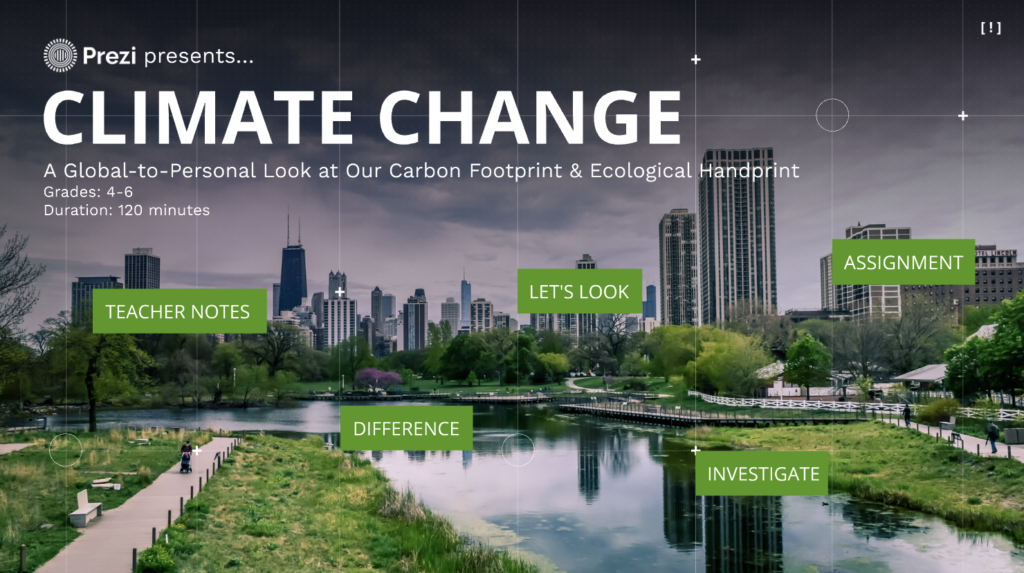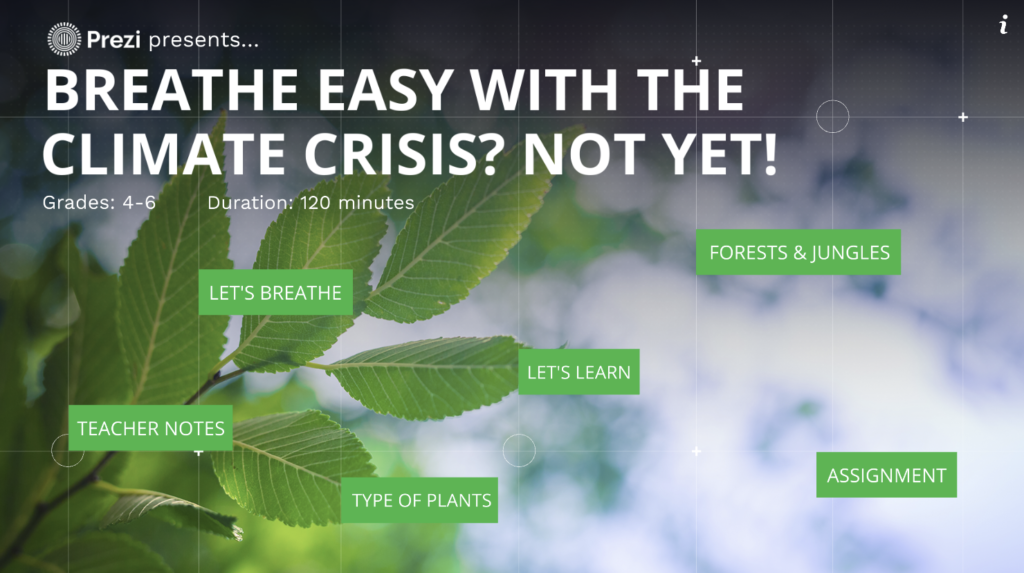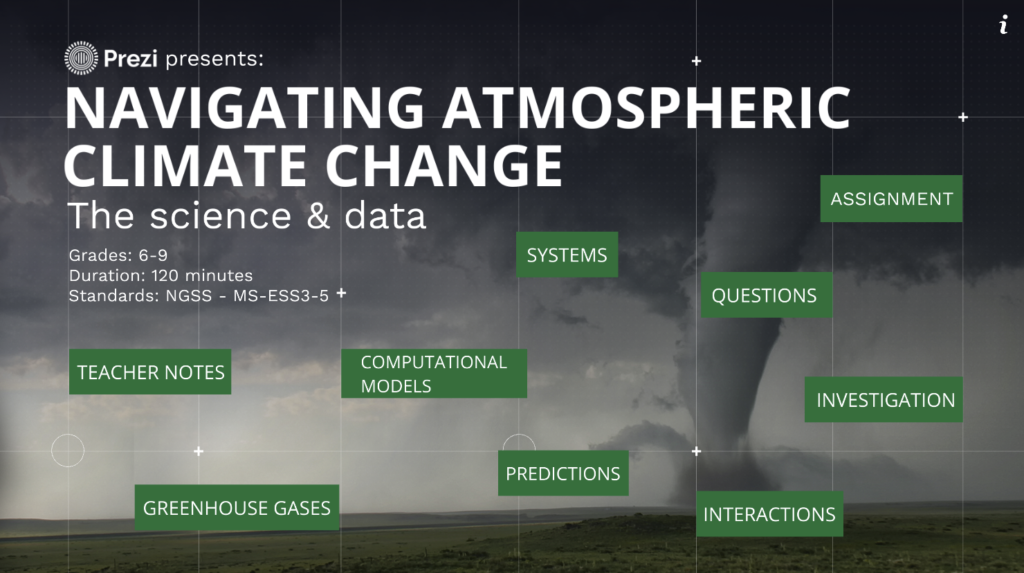Air quality is one of the primary, yet less tangible, challenges we all face in the climate crisis, and is perhaps becoming more evident as we discuss the airborne factors of how infectious diseases spread. As our students grapple with climate change and face new challenges, it’s important that educators help to guide them, making age-appropriate decisions for both content and pedagogical approach to avoid raising anxieties.
Recognizing climate change as a large, global issue can cause eco-anxiety — the chronic fear of environmental doom — in people of all ages. Young people are especially vulnerable to eco-anxiety, as most of the burden for fixing climate change will fall on them. At the same time, not teaching climate change is doing our students a disservice. As one family therapist, Dr. Janet Lewis, is noted as saying, “The goal is not to get rid of the anxiety. The goal is to transform it into what is bearable, useful, and motivating.”
We have a responsibility as educators to model our thinking as we handle complex topics, and to encourage critical thinking and problem solving in our students. Read on to learn how teaching climate change the right way can help reduce feelings of eco-anxiety among your students.
Best practices for teaching climate change
Here are a few things to keep in mind as you talk about the climate crisis with students:
- Follow the standards. Climate change begins showing up in standards around grade 4, but lightly. Middle school is when it is more fully addressed. Pre-k through 3rd grade isn’t really appropriate for talking about it productively. Each Prezi climate change lesson we build is standards and grade-level aligned.
- Acknowledge the fears of students. Dismissing or ignoring their concerns only raises anxiety.
- Stop talking and listen. You will learn a lot about your students and you will make them feel understood.
- Normalize the conversation about it, which can be hard because it can easily venture into political territory. But normalizing productive conversations about politics will also be helpful for your students.
- Educate. Knowing what is going to happen, how quickly it will happen, and what can be done makes it less scary.
- Help them find meaning and purpose around the issue, giving them the sense they are doing something about it rather than feeling frozen in anxiety. Activism is therapy.
- Highlight things they can control (e.g., driving less or doing a power audit of their homes).
- Spotlight innovations like CO2 capture technology.
- Pay attention to good things that are happening around climate change. Even the small stuff matters.
- To help further the conversation with your students, see Prezi’s climate change series.
Climate change lesson plans
We have a few lesson plans that can help you and your students understand the effects of CO2 in the atmosphere and open up the conversation. Each of these lessons are engaging when presented online, and are broken into sections that you can share with your students. Any Prezi lesson created by the Prezi Education Team is an Open Educational Resource (OER) that you can adapt and modify to make your own. The lessons cover:
- Difference between climate and weather
- Contributors to CO2 levels
- Greenhouse Effects
- Keeling Curve and data analysis
- Cause and effect of CO2 levels using systems thinking
- Producers of oxygens and what the destruction of jungles of forests means
Start covering these topics with your class with a climate change lesson plan developed by the Prezi Education Team.

Breathe Easy with the Climate Crisis? Not Yet (Grades 4-6)

Navigating Atmospheric Climate Change: The Science and the Data (Grades 6-9)

See more posts by Paul, Prezi Teacher in Residence:
